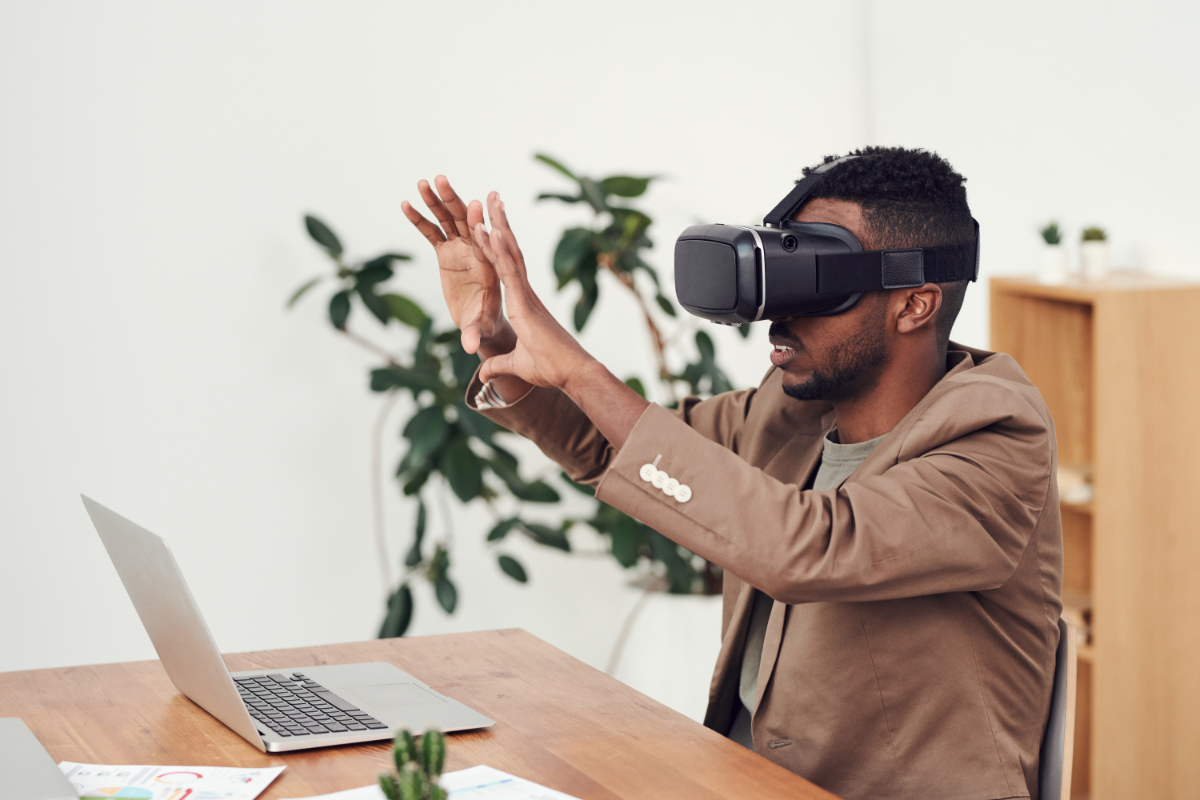While VR, AR, and MR technologies' potential to improve quality of life and create economic opportunity can be quite significant, the Bipartisan Policy Center (BPC) believes the challenges around issues, such as privacy and security, are real. With an expected growth from less than $5B to more than $12B in 2024 for the VR market and XR to add $1.5 Trillion to the global economy by 2030, the need to address the issues pointed out by BPC will become more evident. That is why the organization, together with XR Association, released the "Thinking Ahead About XR: Charting a Course for Virtual, Augmented and Mixed Reality" report summarizing critical findings on public policy for immersive technologies over the last year.
By bringing together stakeholders and experts from various industries, civil society, academia, and more, BPC and XR Association narrowed down the main policy issues to 6 topics: Privacy, Security, Economic Issues, Access and Adoption, Equity and Inclusion, and Safety. BPC's report provides recommended potential solutions for the previously mentioned topics and context on the current policy landscape.
"As we move towards the successful adoption of XR, it's critical that we hear from experts representing multidisciplinary backgrounds," said Elizabeth Hyman, the CEO of XRA. "There is much potential for XR to improve our quality of life, and it's vital that we're fostering conversations about its future impact with multiple communities. We're champions of collecting diverse perspectives."
Privacy
As a top concern, privacy is what preoccupies people the most, with participants regularly citing it with a focus on user privacy. For example, biometric data raises important concerns about what inference someone might be able to make about an individual using their data. Moreover, 3D avatars can potentially expose information about a person based on the avatar's looks – which may lead to harassment or bullying -, XR devices may record information about a bystander's activities that they might not want or even be aware is being recorded by others, and more.
Participants recommended different solutions to solve some of these issues, including facial blurring, geofencing, anonymizing avatars, and using light signaling to suggest an AR device is recording.
Security
Even though security and privacy concerns aren't decoupled, BPC found it convenient to separate the two as "security is often a key factor in protecting users' sensitive data and privacy when XR devices collect and store information about them". XR's security risks are similar to those of other computing devices: malware attacks, data breaches, and data theft. In this case, biometric data is a focal point since "there are numerous risks to the user, including the inability to reset sensitive biometric data the way they can reset a password if the data is breached.". Additionally, hackers might be able to hack XR devices to gain access to what a user sees or access an immersive VR experience and manipulate it.
Safeguarding vulnerable data via encryption, autodeleting data that is no longer needed, and storing data on the device rather than in a centralized repository, are some of the participants' recommendations to deal with security issues.
Economic Issues
According to BPC, "immersive technologies should have considerable effects on labor markets, business models, and broader society.". XR technologies are already affecting many jobs, so companies should prepare to take advantage of the benefits, mainly through education and training - key roles in boosting worker productivity and helping foster economic growth. However, instead of only making workers familiar with XR technologies, education should also focus on building complementary skills to the technology. Also, since business models around XR technologies are still in development, future policy decisions can have major implications for corporate monetization strategy and R&D investments. In addition, people should be aware of any relevant trade-offs since those business models can affect factors such as the price, quality, privacy, and use cases for XR tools.
Reviewing existing laws and policies around issues like R&D subsidies, antitrust, and intellectual property, and creating responsible marketing strategies to ensure inclusive adoption and growth in the XR market, are solutions to consider in this topic.
Access and Adoption
One of the major barriers to XR adoption is hardware cost. VR tends to be cheap, with one of the widely used headsets, Meta Quest 2, starting at $299. On the other hand, a good AR device will ramp up the price and become a serious investment. In addition to the XR device's cost, users need to consider other expenses, such as a computer capable of running VR experiences (if it's a tethered VR device), services, training, batteries, and extensions. Also, XR technologies typically rely on access to high-speed broadband, and nearly one-quarter of the entire population in the US does not subscribe to broadband services at home.
As stated in the report, building digital infrastructure, finding ways to lower costs, and increasing technical literacy education are essential factors facilitating access and adoption.
Safety
For VR devices, it's standard to use a virtual boundary to know what your body-movement limits are. However, while wearing a VR headset, a user loses any notion of what surrounds them while performing a task. VR Pass-through cameras already help with this, allowing users to switch the image between the virtual and the real world, but it's still something that isn't perfect and needs work. There are also physical concerns around the ergonomics of XR devices – some are heavy, or the balance isn't right and ends up hurting muscles and joints (especially in the neck).
When discussing these technologies, the focus is mostly on how they can excel without considering these issues. However, just like the drone technology, and many others, wasn't but is now heavily regulated worldwide, the XR industry will surely end up following the same path. In the end, these devices collect information about us and the world around us, so it's better to have a proactive approach to identify and address these challenges and minimize harm while maximizing the benefits of the technology.
"XR technology is increasingly common, and we will soon see an inflection point that all emerging tech goes through where the application of the tech needs policy guidance," stated Tom Romanoff, director of BPC's Technology Project. "Today's proactive discussion is necessary to address the challenges of tomorrow by identifying and addressing the shortcomings while still improving quality of life and creating economic opportunity."






